
Designer Tips for Furniture Arrangement
How your room is furnished can make or break the functionality of the room. But what significance does the arrangement of the furniture have on function and appearance? Today we look at the three essential principals of space planning and apply them to everyday room layouts.
Arrangement for Communication
Think about your day to day life. We are communicating with others either with our words or with our gestures a thousand times a day. The home is no different. Not only do we want our family and guests to feel comfortable, we also want them to feel welcomed.
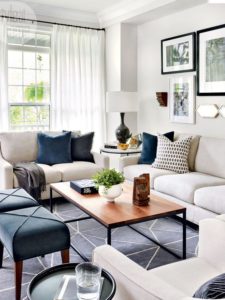
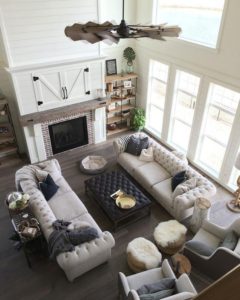
Typically we arrange furniture in a square or rectangular arrangement so our guests can feel part of the conversations. This keeps sight lines clear and volume and a comfortable speaking level.
While grouping functional pieces together is a practical choice for entertainment, often times the furniture is arranged too close together. In both of these images, getting in and out of the seating areas would be difficult and the space feels very tight.
Arrangement for Movement
Circulation is a key component to consider when laying out space. Think about the room and its proportions. Is there a clear identifiable path? Foot traffic patterns are similar to the path of water running downstream, it takes the path of least resistance. Use your furniture arrangements to help arrange clear pathways. This becomes especially important in open concepts floor plans.
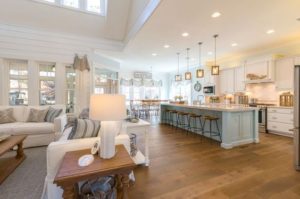

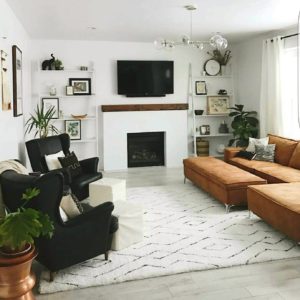
Keep in mind circulation can occur in the middle of furniture groupings or behind the group. Each are effective methods of controlling movements and start to set up a spatial hierarchy. Spatial hierarchies are what designers utilize to begin to establish different functional zones.
Arrangement for Adjacency
In design adjacency refers to items, places or spaces that must be placed near each other. Think about how you live, your established traffic patterns and nearby rooms to determine your adjacency.
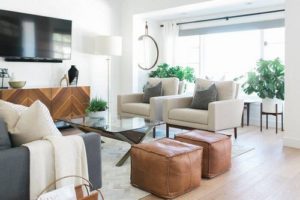
Furniture pairings can also be used to determine adjacency. If you have a contrasting accent pillow on a sofa that was selected to match an accent chair, then the sofa, pillow and chair all need to be adjacent to one another. The pillow might not make sense on its own, but its color and style is enhanced by its relationship with the pillow and sofa.
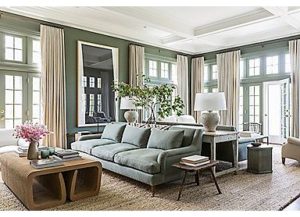
Adjacency can also be dictated by the architecture of your home. If you have great window views or a cozy fireplace, that you want to highlight then your main furniture pieces should be adjacent to those areas.
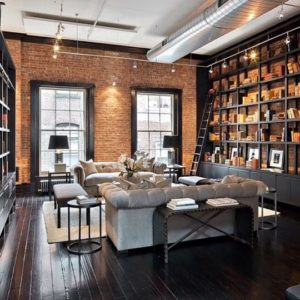
Lastly think about your functional requirements when determining adjacency. If you are designing a reading nook or library, then you would want to have your task lighting near your book selection for easy access. Add a piece of comfortable furniture in this activity zone to encourage interaction and comfort.
All three of these space planning strategies work best when used together. Focus on communication, movement and adjacency when determining your next furnishing layout. Until Next Time! -D





One Comment
BJ
Enlightening article on Furniture Arrangements. Thanks for the insight! 🙂